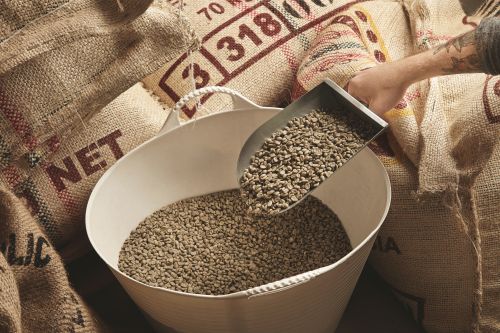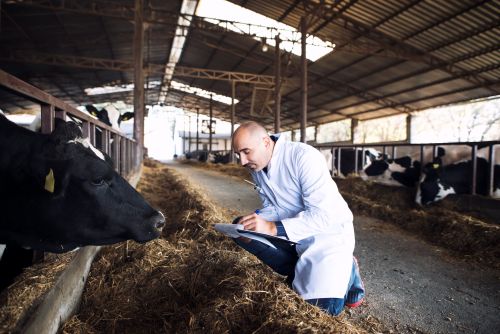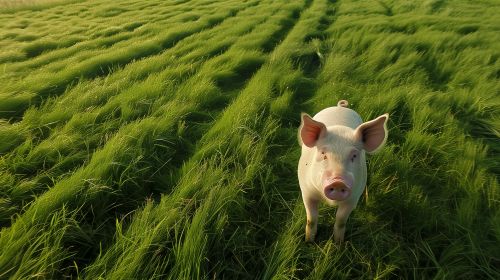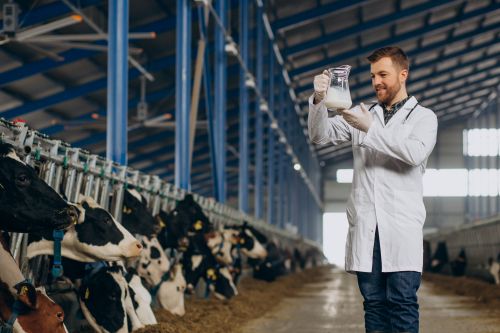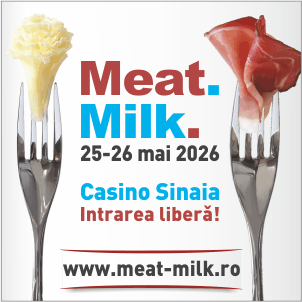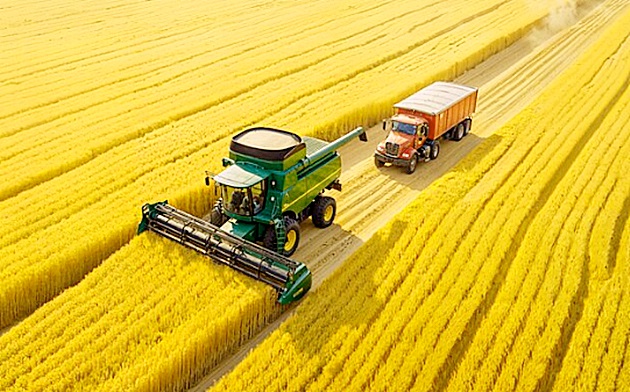
A Glimmer of Hope Across Europe’s Fields: EU Harvest Outlook Brightens
A renewed sense of hope is stirring across Europe’s fields. Farmers are watching the skies with less fear than last year, and machinery sits quietly in sheds, waiting for the signal that harvest time has arrived. According to a report by AllAboutFeed, prospects for this year’s European Union harvest are looking brighter, despite global market tensions. Many regions have benefited from much-needed rainfall.
Weather Offers Relief
Moderate temperatures have helped rebalance the moisture deficit that threatened wheat and barley crops earlier in the spring. From France to Poland, farmers say that while input costs—from fuel to fertilizer—remain high, grain stores could receive more than initially feared. Once again, European exports may play a crucial role in the fragile global grain supply balance.
Uncertainty Lingers
Despite the improved weather, uncertainty persists. Trade disputes, unpredictable weather patterns, and unstable global demand continue to pressure agricultural markets. Still, under the gentle sun of early summer, Europe’s harvest promises a modest reprieve—a small dose of optimism making its way from the fields to the table.
Wheat and Barley Projections Rise
Local reports increasingly suggest that EU soft wheat production could reach 121 million tonnes—above the average of recent years. While France, the bloc’s largest producer, still grapples with drought-affected regions, Germany and Poland are reporting more consistent field conditions and healthier crops, supported by steady rainfall in May and June. Yields per hectare are expected to slightly exceed earlier estimates, and grain quality is currently promising.
Barley output is also forecast at around 51 million tonnes, with strong outlooks particularly in Spain and Hungary, where competitive pricing and demand from livestock producers and Middle Eastern importers are boosting optimism. Although Ukraine remains a strong player in the Black Sea grain markets, the EU aims to maintain its market share, particularly in North Africa, where demand remains high.
Fertilizers Still a Major Concern
Fertilizer remains a thorny issue. High costs and limited availability are forcing many farmers to rethink fertilization strategies, with real impacts likely to emerge at final harvest. However, analysts cited by AllAboutFeed say that if weather conditions remain favorable through July and August, EU farmers may gain a slight competitive edge over North American producers, where extreme heat waves and prolonged drought have caused yield losses in some areas.
Logistics and Energy Costs Add Pressure
Experts warn that logistical bottlenecks and volatile energy prices could undercut this advantage. Grain storage and transportation are costly, especially in an already fragile market with uncertain global stock levels.
EU Seeks to Strengthen Food Security
In this complex landscape, the EU aims to bolster internal food security by supporting farmers through policies designed to stabilize production and safeguard regional supply, amid growing geopolitical uncertainty.
Eyes on the Sky, Hopes in the Soil
On the ground, hope lies in the weather and the enduring strength of the land. Farmers keep their eyes on the clouds, knowing they can bring bounty—or fear. As AllAboutFeed notes, Europe is navigating a delicate balance between full silos and enduring challenges.
Markets on Edge, Farms in Motion
In both small villages and large-scale farms, the hum of preparation blends with news from international markets that can shift dramatically from week to week. Traders and cooperatives are already considering how best to negotiate export contracts.
Asia remains an unpredictable buyer, while Africa is increasing its grain imports in an effort to stabilize its food systems. Farmers speak of how every liter of diesel counts, how each sunny or rainy day shifts their forecasts, and how they stock up on spare parts and fuel to keep combines and tractors running throughout the summer.
Strategic Hopes Along the Danube
Along the Danube River, barges loaded with European wheat head for the Black Sea, competing with shipments from Ukraine and Russia. Northern European ports are prepping their silos to absorb the autumn harvest, hoping external demand will rise—especially if other global regions face continued climate disruptions.
